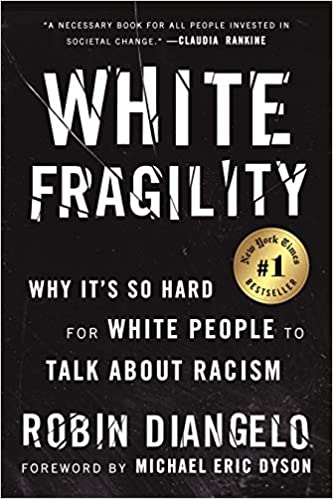We’re all familiar with the term binge-watching: Settling in on the couch and watching a whole season of a favorite TV show or a Will Ferrel movie-marathon. Just killing an afternoon/evening having the flicks wash over you.
But what about binge reading?
Over at Esquire.com they have an article called 15 Extraordinary Books You Can Read in One Sitting, which is sub-titled From the blisteringly contemporary to the classic, the lighthearted to the weighty, here are our favorite one-sitting novels to get lost in.
Sure, there’s something to be said for parceling a doorstopper novel into tidy, respectable chunks, but beyond that project lies another reading experience entirely: the one-sitting novel.
The one-sitting novel isn’t just something you can read in one afternoon—it’s something you should read in one afternoon.
And then they list the 15 titles they’ve selected.
It’s a pretty eclectic group, and — to be honest — I’ve only heard of three of the 15, and read only one (James Baldwin’s wildly unknown Giovanni’s Room – a wonderful read).
Here are some other pretty much one-sitting books well worth reading, based on my own experience:
- Legends of the Fall – Jim Harrison: I read the book and watched the movie years ago. I recently re-watched the movie, and I could not remember how the book and movie endings’ differed. So I read the book; it probably took less time than watching the movie (250 or so pages, but a fast read). Both are well done. It’s a decades-lomg tale revolving around a Montana widower and his sons and their lovers.
- Girl, Interrupted – Susanna Kaysen: After meeting with a psychiatrist she had never seen before, the 18-years-ld Kaysen is whisked away to a psychiatric hospital. It’s a well written memoir, but my favorite part of it is the opening lines: “People ask, How did you get in there? What they really want to know is if they are likely to end up in there as well. I can’t answer the real question. All I can tell them is, it’s easy.”
- One Day in the Life of Ivan Denisovich – Aleksandr Solzhenitsyn: A novel based on the author’s own experience, this story is just what it says – one day in the life of a prisoner in a Soviet Gulag. From getting up through work to going to bed: What a representative day is like in the Soviet prison camp. It’s almost hopeful, in a very de-humanizing way. You have to have hope or you’ll just give up and die.
- The Murphy Stories – Mark Costello: A collection of stories, each stand-alone but acting at the same time as chapters in a novella of sorts. Quirky, and the last chapter (last few graphs) are worth it all. Romy didn’t like it, so there’s a vote against.
- Night – Elie Wiesel: This non-fiction classic tells the story of Wiesels experiences in Nazi Germany, as he was imprisoned in the concentration camps of Auschwitz and Buchenwald. Chilling, horrifying, yet insightful. He writes that there was no sex drive, and that men and women were separated was not an issue sexually: You lived to survive; you didn’t worry about the normal pleasures. It lays bare the banality of evil.
- Tell Me a Riddle – Tillie Olsen: A collection of short stories, the longest – and best – of which is Tell Me a Riddle. Short story? Novella? Kind of falls between the two, but for my money, one of the best short stories ever written.
Small sampling of short stuff.
Fun to recall/review what I have read over the years.

